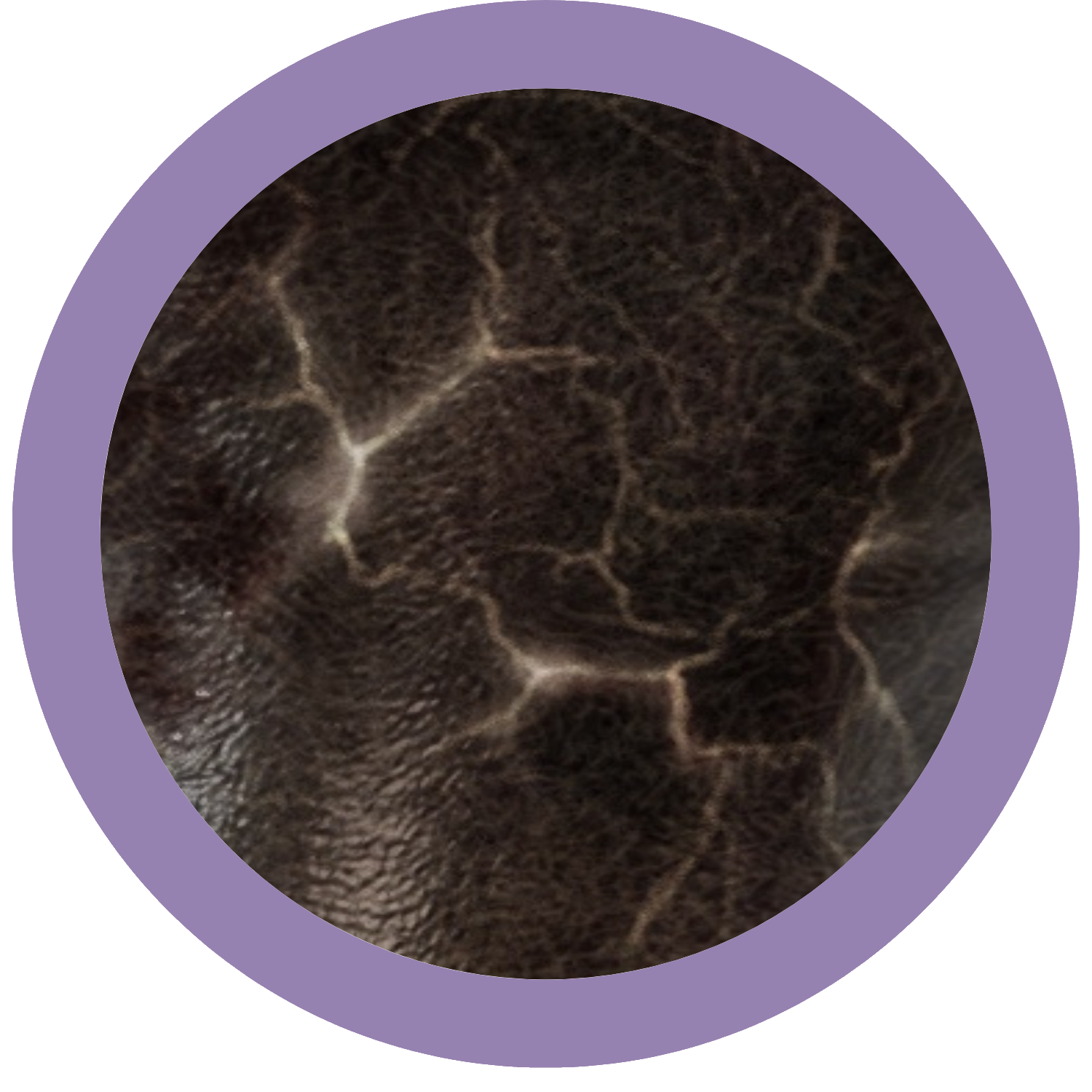Eczema is common and chronic—but it doesn’t look the same on every skin tone. TONO helps clinicians see how inflammation, texture, and distribution vary across tones and severities.

Eczema is an umbrella term for a group of inflammatory skin diseases characterized by itch (pruritus), dryness, and recurrent flares. Triggers include genetics, skin‑barrier dysfunction, environmental irritants, allergens, and stress. Appearance varies by tone and chronicity—from ill‑defined erythema to lichenification and pigment change.
Eczema doesn’t present the same on every skin tone. In darker skin, signs of active inflammation can read as violet, gray, or ashen—or be hard to detect. Without inclusive references, clinicians may misjudge severity, overlook warmth and texture, or confuse active disease with post-inflammatory pigment change.
Projects like TONO help close this gap. Most educational atlases historically over-represent lighter skin, so physicians train and test their pattern recognition on a narrow visual set. Seeing conditions across tones improves diagnostic confidence, reduces bias, and supports equitable care.

Presentations vary with age, chronicity, severity, and tone. Expand items for quick definitions.

Click to enlarge

Click to enlarge

Click to enlarge
Chronic, relapsing eczema linked to barrier dysfunction and immune dysregulation; often begins in childhood.
Inflammation from irritants or allergens (e.g., nickel, fragrance); distribution matches exposure pattern.
Recurrent pruritic vesicles on palms/soles and sides of fingers; may fissure.
Coin‑shaped plaques, often on extremities; can ooze/crust in acute phase.
Erythematous patches with greasy scale on scalp, face, and chest; flares with stress or weather.
Eczematous change of lower legs from chronic venous insufficiency; edema, hemosiderin staining.
Lichen simplex chronicus—localized plaques from habitual scratching (e.g., nape, ankles).
This tool is for educational purposes. It supports—not replaces—clinical judgment. For medical concerns, consult a qualified healthcare provider.